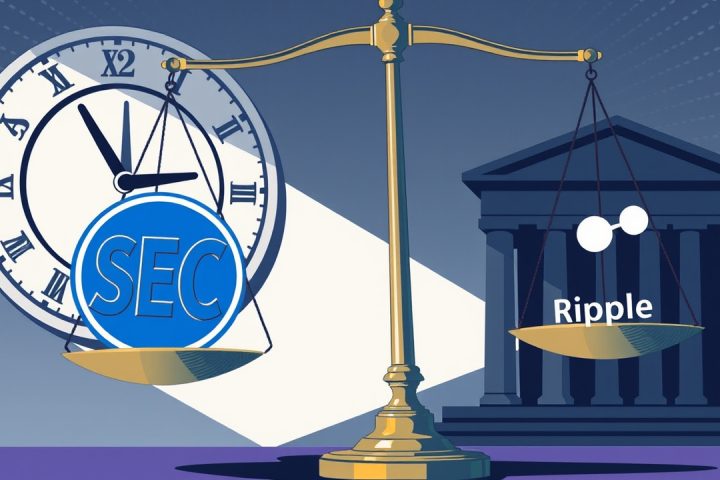Introduction
The US Securities and Exchange Commission (SEC) has introduced new guidance that could enhance the adoption of digital assets by financial institutions. On May 15, the SEC released an updated FAQ that clarifies the application of existing securities laws to broker-dealers and transfer agents involved in cryptocurrency transactions.
Key Insights from the SEC Guidance
Hester Peirce, an SEC Commissioner, remarked that while this guidance is limited and incremental, it indicates that further regulatory advancements are in progress. She emphasized that many of the clarifications in these FAQs reaffirm existing regulations rather than presenting new insights.
“The implications of this guidance are significant for the financial markets.”
Chainlink’s Response
Chainlink has welcomed the SEC’s update, viewing it as a meaningful advancement, particularly because it addresses financial institutions’ longstanding concerns regarding the use of public blockchains for tasks such as recordkeeping and compliance. The SEC’s decision, although released quietly, stemmed from two confidential meetings with Chainlink Labs and the SEC Crypto Task Force in March, where Chainlink’s representatives demonstrated workflows showing how smart contracts could comply with securities law on public blockchains.
Co-founder Sergey Nazarov explained the concept of cross-chain transfer agent frameworks that automate compliance while echoing traditional processes. This understanding helped inform the SEC’s recent guidelines on “unified golden records” and “smart-contract–driven compliance checks.” These terminologies are now included in the latest FAQ.
Clarifications on Digital Assets
The SEC’s new guidance delineates how its established regulatory frameworks, such as custody obligations and capital rules, pertain to digital assets. Broker-dealers dealing in non-security cryptocurrencies like Bitcoin and Ethereum will not be subjected to customer protection regulations prescribed by Rule 15c3-3, which is limited to securities. This clarification establishes clearer guidelines regarding the classification of digital assets under custody requirements.
Moreover, the SEC elucidated how broker-dealers should account for digital asset positions concerning net capital calculations. While Bitcoin and Ethereum are the primary focus, the guidance does not restrict broker-dealers to these assets alone. However, it is crucial to note that non-security digital assets do not enjoy the protections provided under the Securities Investor Protection Act (SIPA), which could expose customers to higher risks when dealing through regulated entities.
Additionally, the updated FAQs outline how transfer agents can utilize distributed ledger technology (DLT), including public blockchains, to manage securities records. The SEC has allowed transfer agents to adopt DLT as their Master Securityholder File, so long as they fulfill all compliance and recordkeeping requirements under current law.
Conclusion
This evolution could lead to substantial cost efficiencies in the $132 trillion global fund administration sector. For Chainlink, this development serves as a major endorsement, particularly as its Cross-Chain Interoperability Protocol (CCIP) is already facilitating institutional pilots. At a time when it has begun to influence federal policy, Chainlink’s role is increasingly seen as vital in bridging traditional finance and a compliant on-chain ecosystem.
In summary, the SEC’s recent guidance marks a turning point in the US’s stance towards public blockchains in securities operations. As Chainlink solidifies its position within institutions and gains policy leverage in the capital, it looks poised to be a key player in the future of tokenized finance.




